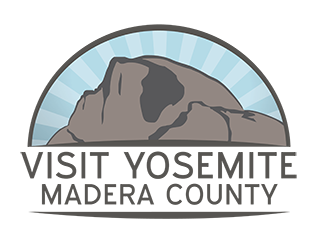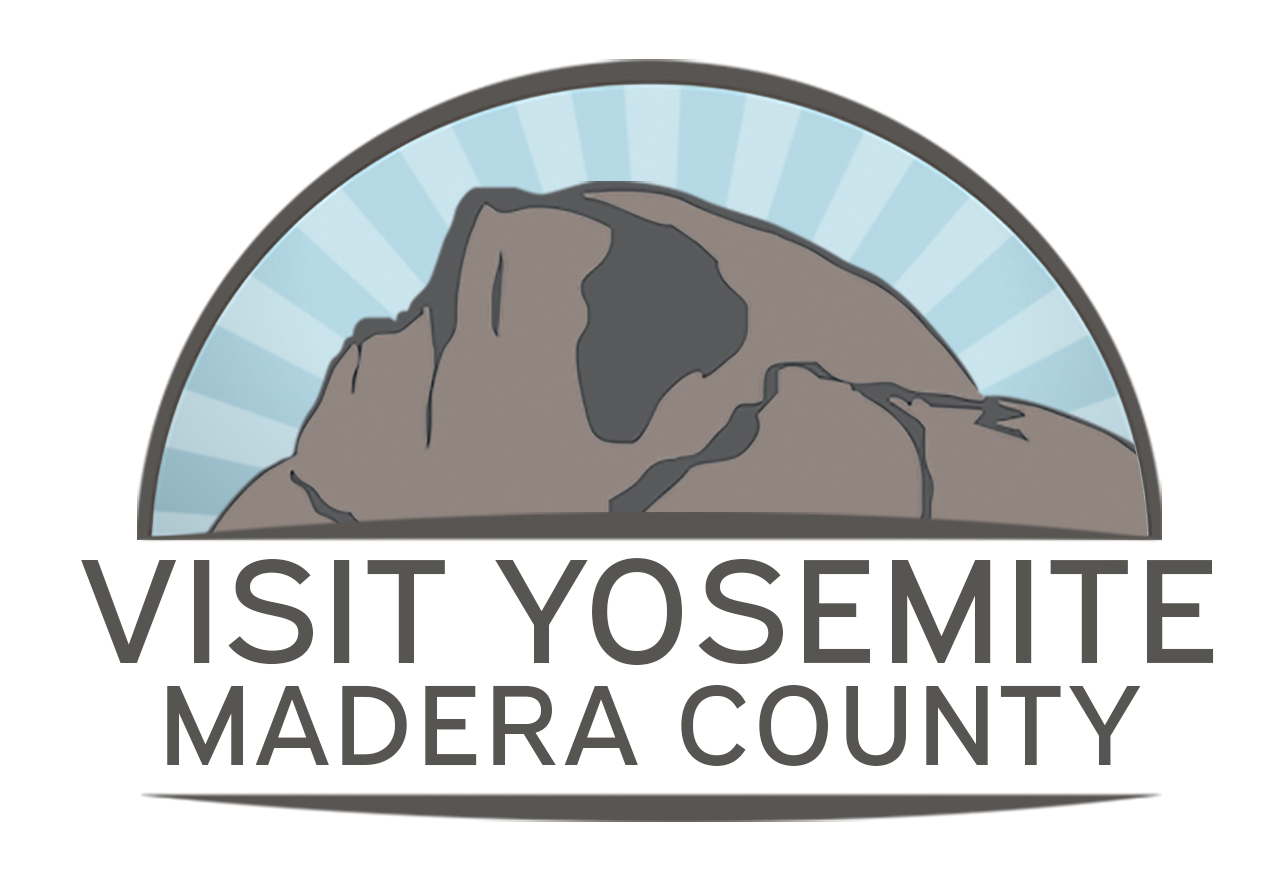The History of North Fork, California: From Remote Mountain Outpost to Thriving Community
The Founding and Rebirth of North Fork, CA
North Fork is a town located in the Sierra Nevada mountains of California. It is situated at the confluence of the North Fork of the San Joaquin River and Willow Creek, at an elevation of 2,700 feet. The town is surrounded by the Sierra National Forest and is a popular destination for outdoor recreation, including hiking, camping, fishing, and skiing.
The history of North Fork dates back to the early 1800s. The area was originally inhabited by the Mono people, who lived in the region for thousands of years. In the 1850s, gold was discovered in the Sierra Nevada mountains, and a number of miners began to settle in the area. One of these miners was Milton Brown, who built a cabin on the North Fork of Willow Creek in 1852. Brown's cabin became a popular stop for miners and travelers, and it eventually grew into a small settlement.

The town of North Fork was officially founded in 1888, when a post office was established. The town's growth was further accelerated in 1893, when the United States Forest Service established its headquarters in North Fork. The timber industry was also instrumental in the development of North Fork, providing jobs and bringing families to town.
In the early days, North Fork was a stage coach stop on the route between San Francisco and Yosemite National Park. The stagecoaches would stop in North Fork to change horses and passengers.

Present day location of the Sierra National Forest Headquarters
In the early 1900s, North Fork was a thriving community. The timber industry was a major source of jobs and income for the town, and it helped to support the local economy. The town had a number of businesses, including hotels, restaurants, and saloons. There was also a school, a church, and a library. North Fork was a popular destination for tourists, who came to enjoy the area's natural beauty and outdoor activities.
The timber industry began to decline in the mid-20th century, and North Fork's population began to decline as well. However, the town has since rebounded, and it is now a popular destination for families, retirees and those who are looking for a quiet, peaceful place to live.

In addition to learning about the history of North Fork, you can also enjoy agritourism opportunities in the area, such visiting the Gnarly Carrot Farm Store to learn about sustainable farming practices and buy fresh produce, baked goods, and other local products produced by Kern Family Farms.
Kern Farm patriarch Hansel Kern says, "“We’ve got everyone in these hills: yogis, loggers, old cattle ranchers, home-schoolers of every kind. I’m always looking for commonalities. And if it’s not access to healthy food, then what is it?”

You can also visit the Old Mill Site to learn about the history of the timber industry in the area. This historic site was once home to a sawmill that operated from the 1860s to the 1950s.
Of course no visit to North Fork would be complete with out exploring the gem of the Sierra, the Sierra Mono Museum and Cultural Center. This museum tells the story of the Mono people, who have lived in the Sierra Nevada mountains for thousands of years. The museum features exhibits on Mono culture, history, and art.

For those interested in meditation, the California Vipassana Center is located in North Fork and offers 10-day silent meditation courses based on the Vipassana meditation technique.
North Fork has a rich history that dates back to the early 1800s. The town has been a stagecoach stop, a mining town, and a timber town. Today, it's a thriving community with a variety of things to offer visitors, including outdoor recreation, agritourism, and meditation. A great place to relax and enjoy the beauty of the Sierra Nevada mountains. If you are looking for a place to get away from the hustle and bustle of city life, North Fork is the perfect place for you.

About the Author of this Article: Brooke Smith is the Director of Sales and Marketing for Visit Yosemite | Madera County. She is committed to positioning the region as a top travel destination and loves helping people craft incredible itineraries. Her favorite thing to do is exploring the backroads to find quirky, off-the-beaten-path locations like the exact Center of California, the Fossil Discovery Center of Madera County, and Globe Rock.







